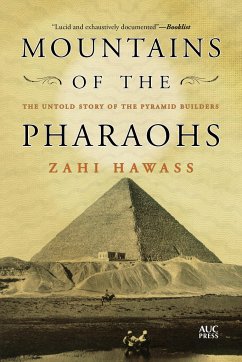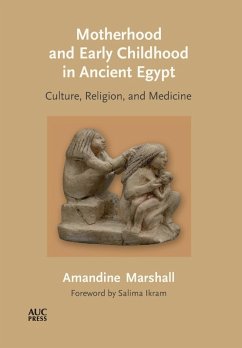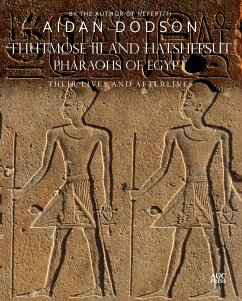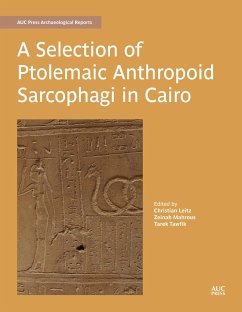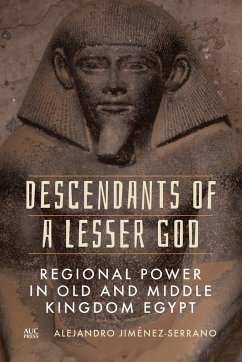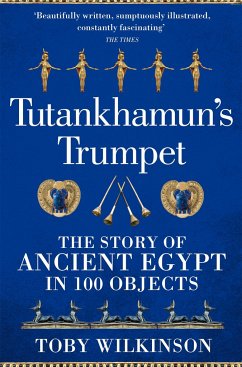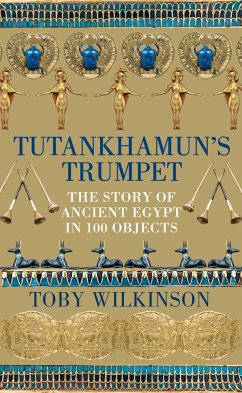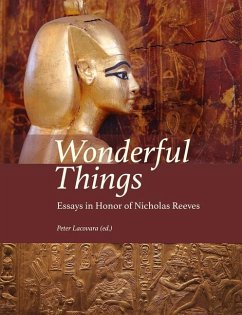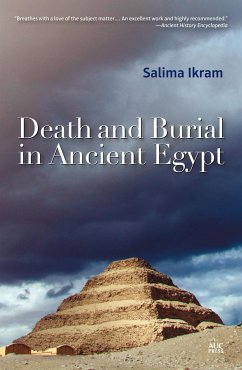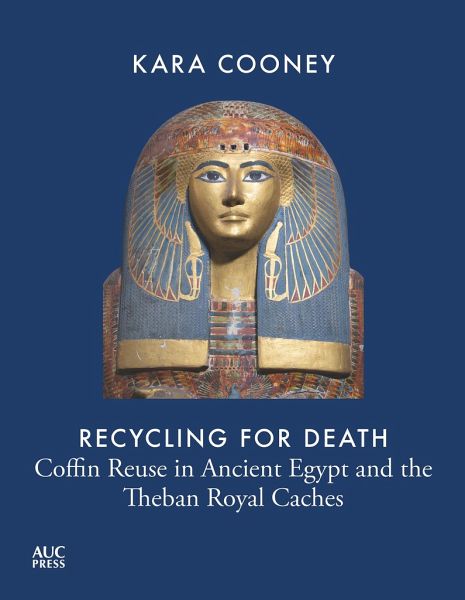
Recycling for Death
Coffin Reuse in Ancient Egypt and the Theban Royal Caches
Versandkostenfrei!
Versandfertig in über 4 Wochen
121,99 €
inkl. MwSt.

PAYBACK Punkte
61 °P sammeln!
"Funerary datasets are the chief source of social history in Egyptology, and the numerous tombs, coffins, Books of the Dead, and mummies of the Twentieth and Twenty-first Dynasties have not been fully utilized in this regard, mostly because the data of this time period is scattered and difficult to synthesize. This culmination of fifteen years of coffin study analyzes coffins and other funerary equipment of elites from the Nineteenth to the Twenty-second Dynasties to provide essential windows into social strategies and adaptations employed during the Bronze Age collapse and subsequent Iron Age...
"Funerary datasets are the chief source of social history in Egyptology, and the numerous tombs, coffins, Books of the Dead, and mummies of the Twentieth and Twenty-first Dynasties have not been fully utilized in this regard, mostly because the data of this time period is scattered and difficult to synthesize. This culmination of fifteen years of coffin study analyzes coffins and other funerary equipment of elites from the Nineteenth to the Twenty-second Dynasties to provide essential windows into social strategies and adaptations employed during the Bronze Age collapse and subsequent Iron Age reconsolidation. Many of the Twentieth to the Twenty-second Dynasty coffins show evidence of reuse from other, older coffins, as well as obvious marks where gilding or inlay have been removed. Innovative vignettes painted onto coffin surfaces reflect new religious strategies and coping mechanisms within this time of crisis. Advances in mummification techniques meanwhile reveal an Egyptian anxiety about long-term burial without coffins as a new style of stuffed and painted mummy was developed for the wealthy, and a complex coffin style emerged due to long-term burial without painted tomb chapels. The first part of this book focuses on the theory and evidence of coffin reuse and the social collapse that characterized the Twentieth and Twenty-first Dynasties, while the second part presents a collection of photo-essays of annotated visual data for about a hundred Egyptian coffins, most of them from the Egyptian Museum in Cairo"--



